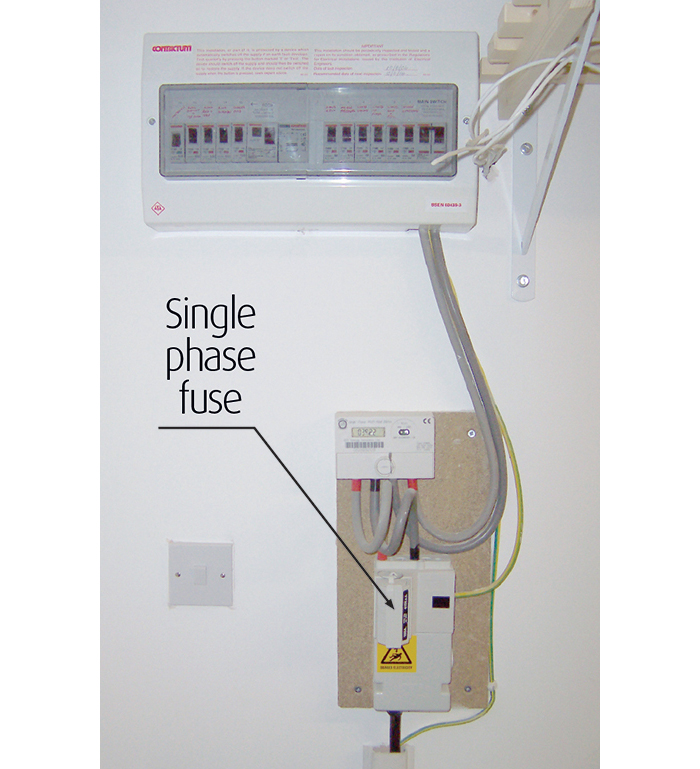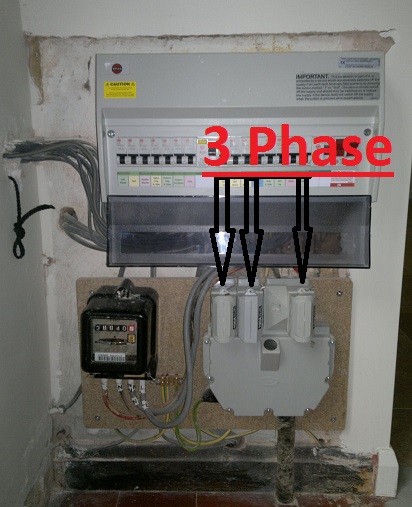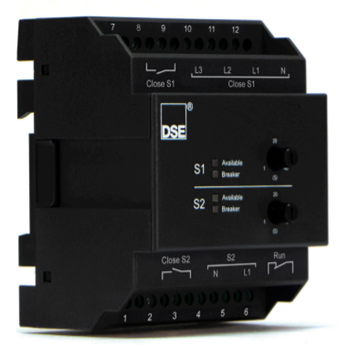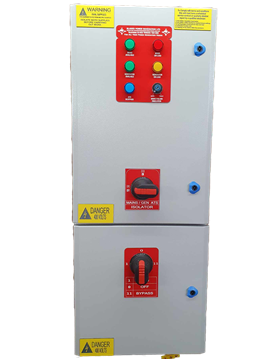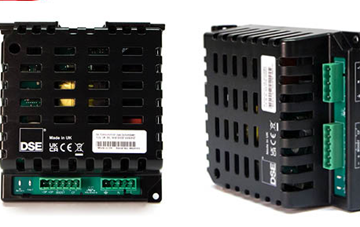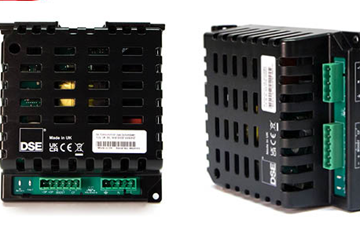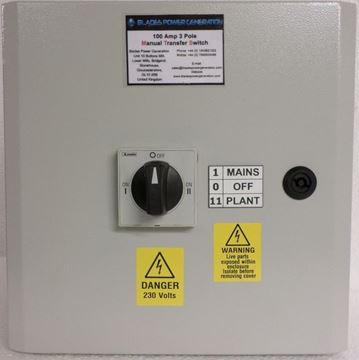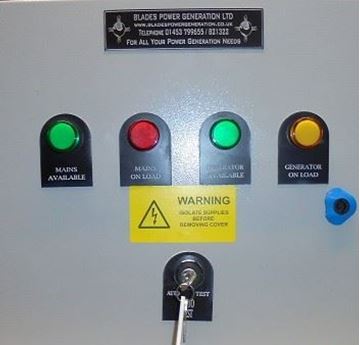If you are considering buying a standby generator for your home, which in the light of recent events in the north many homeowners are looking at, there are a number of things to consider.
The first thing is to buy a generator which does what you want, because generators come in different sizes. One answer is to buy the largest size available in order to power the entire home, and if money is no object that could be one solution. However, if you want to buy a generator which only covers the essentials in order to keep costs down, then you will need to make an assessment of your home to purchase a generator which will cover only the essential electrical circuits.
However, sizing generators is not just a question of saying that your home is “x” square feet, so you need an “x” size generator. The complexity of your home’s electrical system also needs to be taken into account, especially if it has air conditioning. You will need an experienced electrician to calculate the electrical loads of your home and recommend he right size of generator.
Once you know this, you can then buy the generator and install it. However, there is also another issue, and that is how the generator starts when the power goes down. When this happens, it is necessary to switch from mains power to generator and it can be done using a manual changeover switch or an automatic one.
With a manual changeover switch you have to physically start the generator, and then when it is up and running one needs to switch from the mains to the generator. This means that there will be a delay while you do this. It also means that if the power goes down when you are not at home there will still be no power until you get back again. This may, or may not matter, depending upon what systems and equipment you use.
However, you can also get an automatic transfer switch. This is more expensive, but the way that it works is that when the power goes down the switch will send a signal to the generator telling it to start up. When the generator is running it will send a signal to the ATS telling it to switch over. When the mains power is restored, the ATS will switch off the generator and transfer back to the mains.













